

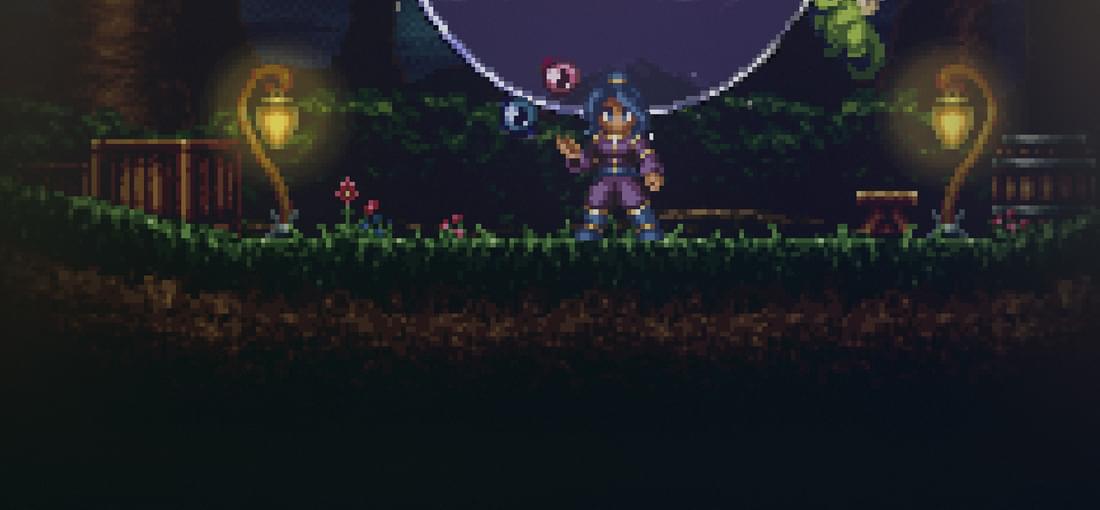
If you liked the GBA/DS Castlevanias, you will enjoy this one, even though the gameplay is lacking compared to its idols. And if you find this game too easy or too boring, try out the Castlevania titles Aria of Sorrow and Portrait of Ruin. PROS + Lovely art style that reminds me of SNES/PS1 RPGs + Enemies and level design reminiscent of Castlevania + Very interesting story and lore - I hope they will pick up some loose ends in the sequel + Great traversal (areas don't overstay their welcome and fast travel is widely available) + Interesting and diverse cast of characters CONS - Potential of time travel and time stopping mechanic underutilised, both in narrative and gameplay - Often hard to figure out where to go next without guessing - Gameplay either too easy or too hard - In Easy Mode, there's little incentive to explore additional abilities
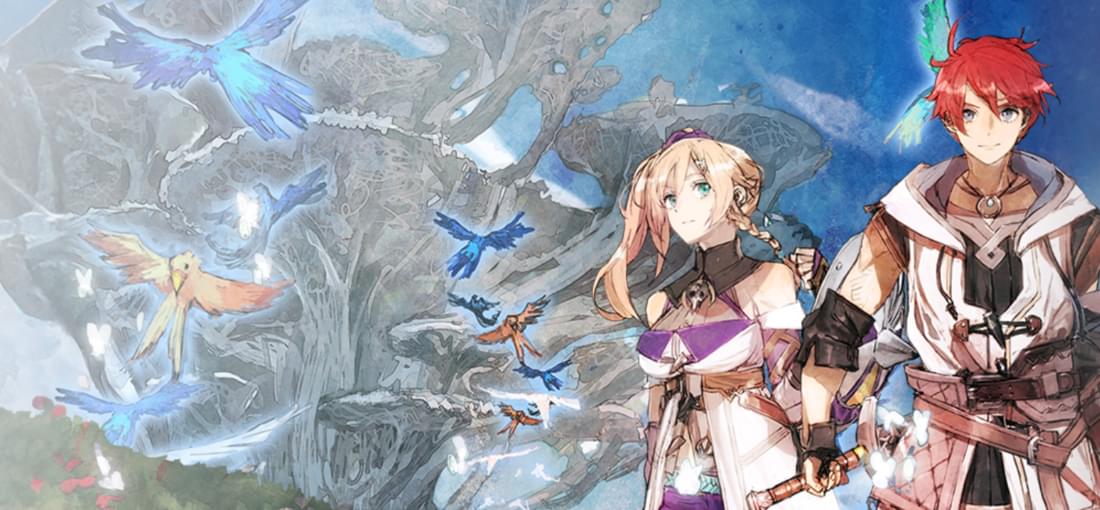
Previous Ys titles were charming as hell, but always lacking in some respects. With this engine redesign, gameplay and looks are much more streamlined. Although the story isn't as great as IV, VI or Origin were, it does have a lot of heart. Questing is much more focused on the main story and subquests usually add a lot to the story and world design. This is the first title I bought full price where I didn't regret it. Great new engine! While Falcom still can't animate characters all that well and the game looks more like from the PS3, the new engine is still a huge visual step up from Ys VIII and IX. Of course, Ys fans don't come for the graphics, but rather for the charming art style and love that is poured into the character design. OST amazing as always! We get the fab Falcom world building, including people who manage to move you with their stories so deeply that you start doing pikkard fetch quests. Questing never overstays its welcome, never deters from the main plot. Characters behave organically and their dialogues evolve over time to reflect the changes you're responsible for. Gameplay is much more kinetic. Browsing through the world with the mana whip or using your magic snowboard seems like copying Spider-Man or Zelda at first, but is used in a unique way only an Ys game can provide: it's not about precision or skill, it's just frantic speed that lets you cut through boring dungeon sections easily. At first I missed a bigger party, but the tethered gameplay that just focuses on Adol and Karja is much more streamlined and made me care more about individual and duo skills as well as using shielding and evasion more than in previous titles. The ship combat and recapture sections are meh, but not forced onto you. Same goes for systems like skill trees or crafting. The setting sadly isn't as varied. Ys VIII took place on just 1 island, but still managed to look really versatile. Somehow, most places, dungeons and enemies here look rather samey.
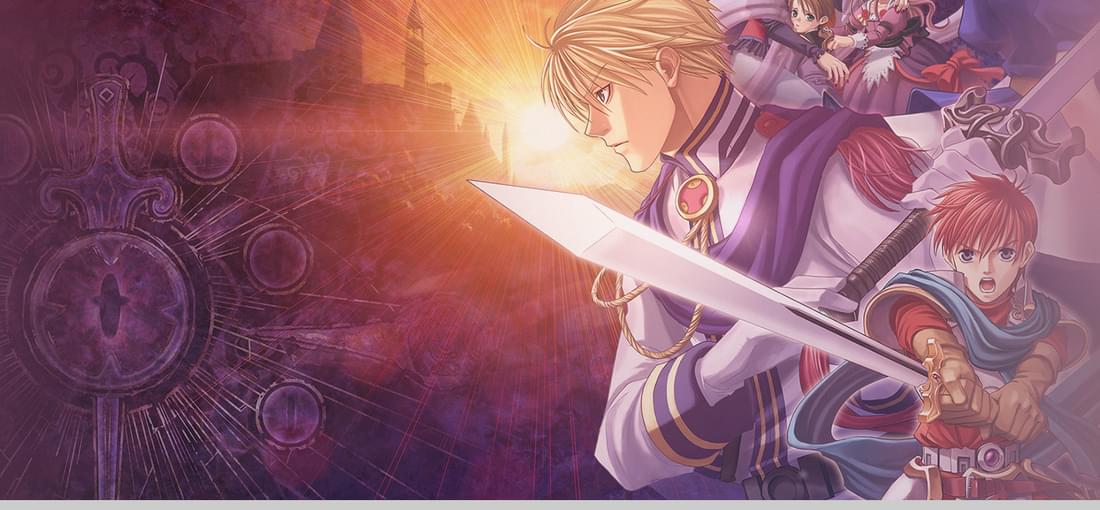
Disclaimer: I've played the PC version, but not on GOG. I hear it works well on modern PCs and even on Wine/Proton if you use Linux. I think this was the best Ys era so far. They've done away with most of the jank the bump combat titles had and made the combat fluid 60fps. I love the 2D character design and animations, even though the generic anime style Falcom often chooses makes it hard to memorise NPCs at times. Still, the 2D is charming and makes my inner SNES child swoon, while living in a 3d background that was OK graphics for its time and especially on the PSP. The world building is great. Even though the area is quite small and the game is short, characters grow and feel like they belong in their world as well as notice what's going on around them. No NPC filler babble here. Dungeons aren't very smart, but not as boring as later titles either. They've iterated on the combat introduced in Ark of Napishtim and made it very fun, even doing away with the tedious grinding -- some reviewers still mind the grinding here, but I didn't really. Now you can either git good(TM) and defeat the bosses while studying their patterns or you'll usually have 1 or 2 enemies where you can overlevel if you suck at ARPGs like me :D The story is OK, but the bigger charm for me wasn't the grand narrative so much as the very intimately crafted characters. Most of the stars I give here are for the cool Falcom-style world building and NPCs, as well as lore -- this is why most people look beyond some of the shortcomings of Falcom titles. However, I'm deducting one point because the game is sadly a bit on the shorter side and because there's still a bit of jank here and there that's gone in games like Ys Origin. However, I like that this game isn't as hand-holdy and full of filler content like some of the later party-based games. Also, the pricing on this one is more decent than the AAA price Falcom asks for Ys VIII or IX, even though those games often don't feel AAA at all.
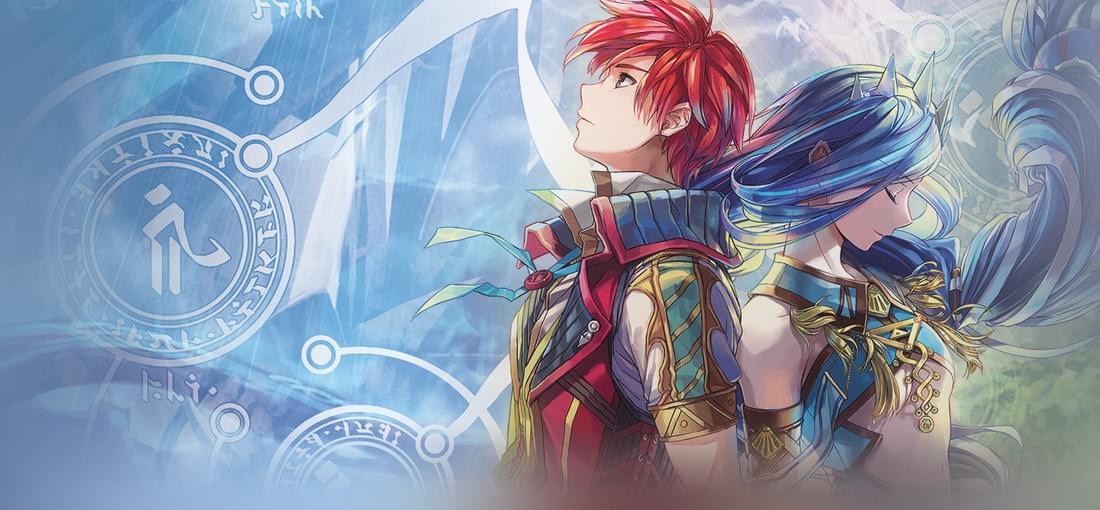
Played it on Vita, later tested GOG version. Haven't bought it on GOG. Ys VIII is a fast-paced, hack'n slash action RPG, where you slash through swathes of enemies with ease and a lot of anime FX. Sadly, a lot of the aspects fall short making the games feel mediocre. It has a nice story structure. Adol is stranded on a mysterious island, trying to save as many of the shipwrecked as possible, but also slowly finding out about the weirdness of the island. Several nice mysteries and twists come up, and that's the great part of the story. Sadly, once the titular character Dana appears, the shipwrecked sort of take a backseat and are more of a side quest thing. Same goes for playable characters like Laxia. The banters between Adol and Laxia in the beginning are quite entertaining -- you get to either be a sexist douche towards her or respect her boundaries and what she brings to the team. But those character dynamics just disappear once Dana is there, which is rather sad. You're rewarded with a story that continues into a more epic and twisting direction, however, it's never special or new. The Castaways have skills like weapon smith or seamstress. Fitting the theme, you barter rather than buy stuff -- a lot of cool immersive details like that. The RPG elements are small enough that you'll never miss the action. Same goes for the side quests, nothing overstays its welcome. Tower defense minigames spice it up. With the 4K textures, it looks like a remastered PS3 game and is buttery smooth. The bad translation is also fixed and new sections with Dana have been added compared to the first release. But if you read past reviews here, you'll find that this took a very long time. Some of the bugs and slow downs were surprising, being that the Vita version was solid. Add to that the fact that the game costs 50+ EUR and more than 20 when it's on sale and I have to settle on 3 stars. Solid action RPG, addictive gameplay, but always falling a bit too short to call it great.
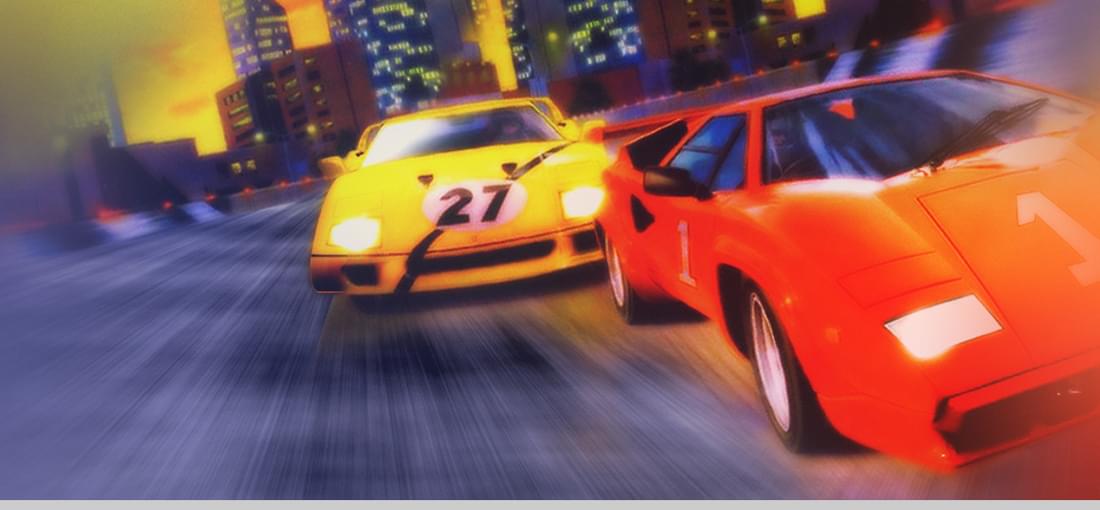
I made a similar review for Screamer 2, but I'll repeat it here again: It's Ridge Racer for PC, pretty much. It's floaty arcade racing, not realistic, but very suitable for casual players. The graphics are pre-3d acceleration, so no fancy lighting affects or filtering, but it has those nice PS1 era gritty textures that a lot of us who grew up in the 90s just love. In 1995, the very detailed textures and things like real time reflections in the car windows were top notch, especially coming from a small studio. It gets the rather high rating from me, since there weren't a ton of games like this compared to, say, the PS1 that had Ridge Racer et al. Of course, no 5 stars, since it didn't do anything ground breaking at the time.
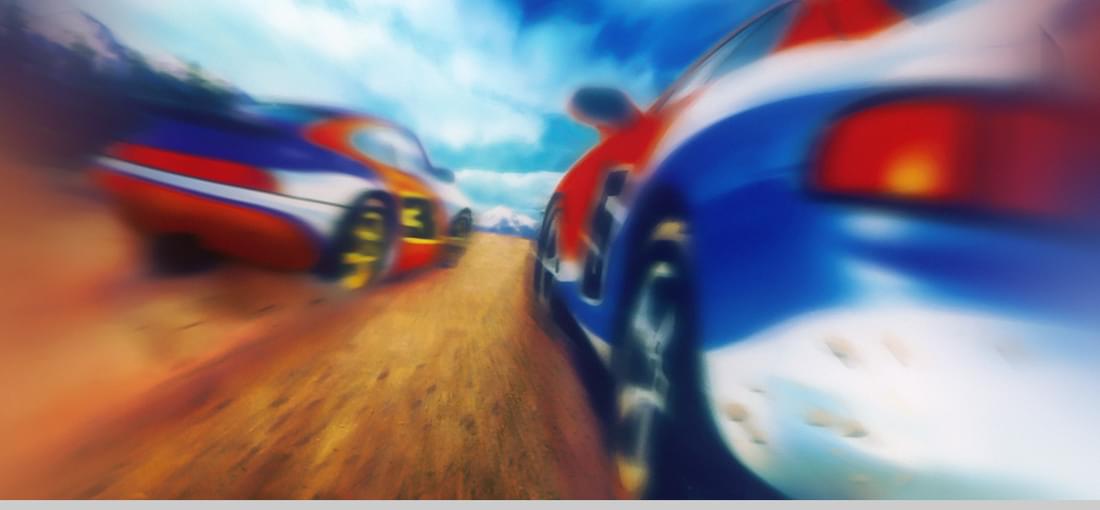
I have a soft spot for this game, so I'm admitting some overall bias here. This was my first PC game and the first 3D game that I owned, possibly even one of the first that I've ever played. It's also the first game that taught me how to set up sound in DOS games, and the first one that made me lament not having a 3dfx card. For if you didn't have one, you were stuck with the 20-30 fps gameplay. With 3d acceleration, it's buttery smooth 60fps, although the bilinear filtering does make the textures look more washed out, reducing the gritty PS1 texture charm from the mid-90s. The game as such is a clone of the then very popular racing games like Ridge Racer or even Need For Speed minus the car license: It's floaty 90s arcade racing, which doesn't feel very realistic, but at the same time, it's perfect for casual gamers. Granted, the physics are much better than in part 1 and the cars do have differences between them, which increases replay value. The tracks, while beautiful for the time, are the standard desert, snow, generic English countryside staples and only few of them exist. If you yearn for some 90s techno OST, this game will make you happy. I would have given it 3 stars if this had been a PS1 or N64 game, but games like these were far fewer on the PC, so this was the Ridge Racer fix at the time if your parents got you a mid-range PC and there was no money for a console. It also came from a small developer. Needless to say that my PS1 friend was thoroughly underwhelmed by this back in 1996.
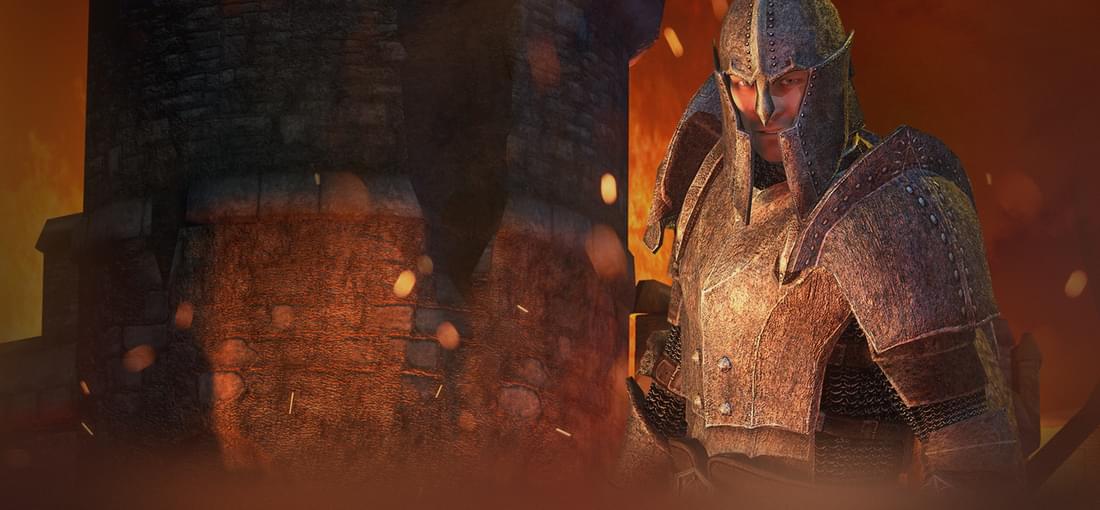
Oblivion is hard for me to gauge, so I gave it the benefit of the doubt and decided on 4 instead of 3 stars. It does a lot of things right: I'm sure it looked amazing back when it came out (minus the faces), the feeling of playing a truly open world, even on console; an improved real-time combat system compared to Morrowind. The Oblivion Gates are eerie. Approaching Kvatch for the first time is an amazing experience. Some of the quests, like the whodunit thing are truly memorable. Approaching a tower and being attacked by an invisible ghost made me actually want to stop everything I was doing and become side tracked. The opening segment is great. The Ayleid ruins aren't Dwemer quality, but they're quite ominous. Patrick Stewart is voicing someone. What's not to like! If it weren't Elder Scrolls IV, it would have been the perfect game for the time, but the creators decided to betray a lot of the established lore. Cyrodil is not a jungle and, worst of all, gone is the established individual take on tired Tolkien clichеs. I guess in order to appease the growing gaming population, it was more feasible to just regurgitate European Middle Ages. The world looks pretty much like Germany AD 800, no matter where you go, which makes it feel boring and uninspired. The capital city is much smaller than previous lore suggested. Cyrodil feels rushed and put together sloppily. Bethesda's excuse was that only one person modelled everything. It's the equivalent of a 40-year-old student saying the dog ate their homework. The story, while gripping and competent, goes back to the "you're the chosen one!" power fantasy and the world even treats you like it. Still, it isn't nowhere near as offensive as Skyrim. I'll have to play this game again while ignoring that it's part of the Elder Scrolls, because it has a lot going for it.
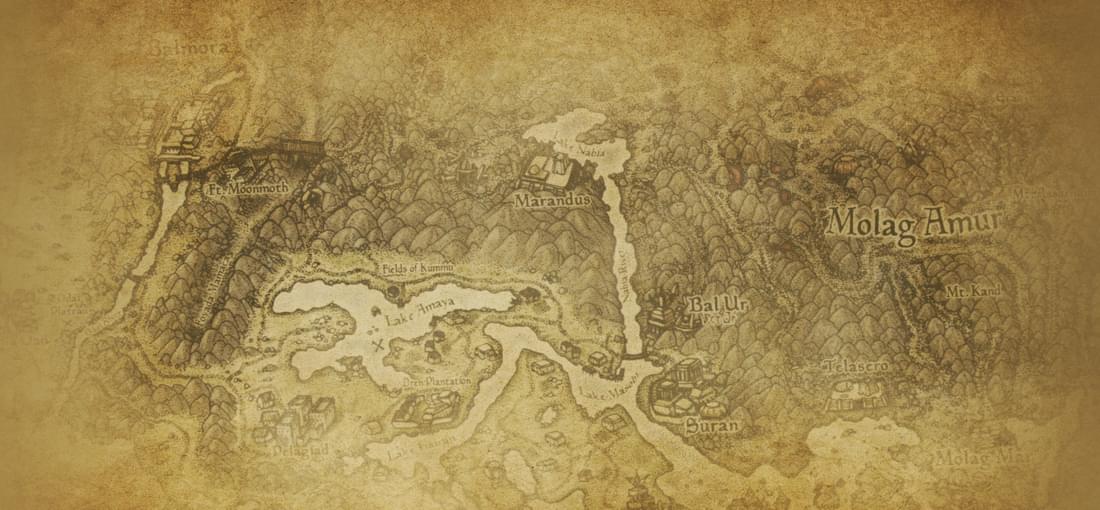
In 50 years time, Morrowind and Daggerfall will be the 2 games that stand out from the Elder Scrolls series. The lore took tired Eurocentric high fantasy cliches and created an entirely new cosmology, but one that is still close enough so we can recognise pieces from our own history or current events. You could actually forego all the battles and quests and just spend 100s of hours reading all the lore books in Vivec City or talking to the NPCs. The world isn't built for you, so it feels real. Are you the chosen one or not? You decide. Ignore the main quest and use the game as your playground if you like or become the Nerevarine. But NPCs won't treat you like the chosen one and humour your superiority complex like in Oblivion,Skyrim. You have to actually prove that you're worthy. There's also hardly any moral guideline here. Do you want to free slaves or support slavery? Do you want to become a vampire and sneak around at night, drinking blood? Are you pro-Tamrielic Empire or sympathising with Dunmer separatists? Both the world and NPCs will react realistically to your actions. No simple good/evil fairy tale stuff. The world as such is also very beautiful. Unlike Oblivion and Skyrim that abandoned a lot of established lore and are in many ways pandering to fans of classic boring Euro-Middle-Age fantasy, the island of Vvardenfell has an amazingly varied topography, flora and fauna. Monsters look weird. The various Dunmer houses have different architecture, culture, different levels of acceptance of you as an outsider. The game is a classic CRPG through and through, but modern enough so that you can build a character that's basically easy mode. While the graphics are definitely dated now, they were cutting edge when they came out and can be souped up with various mods. The battles are sadly less dynamic than Oblivion, Skyrim, but there's no unrealistic level scaling as in those. There's very few games that I love going back to. This is one of them.